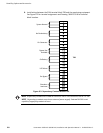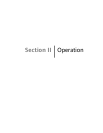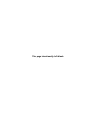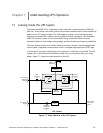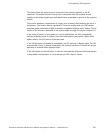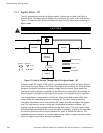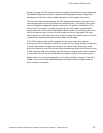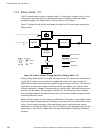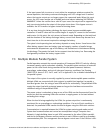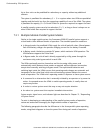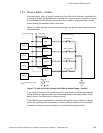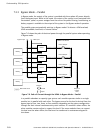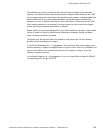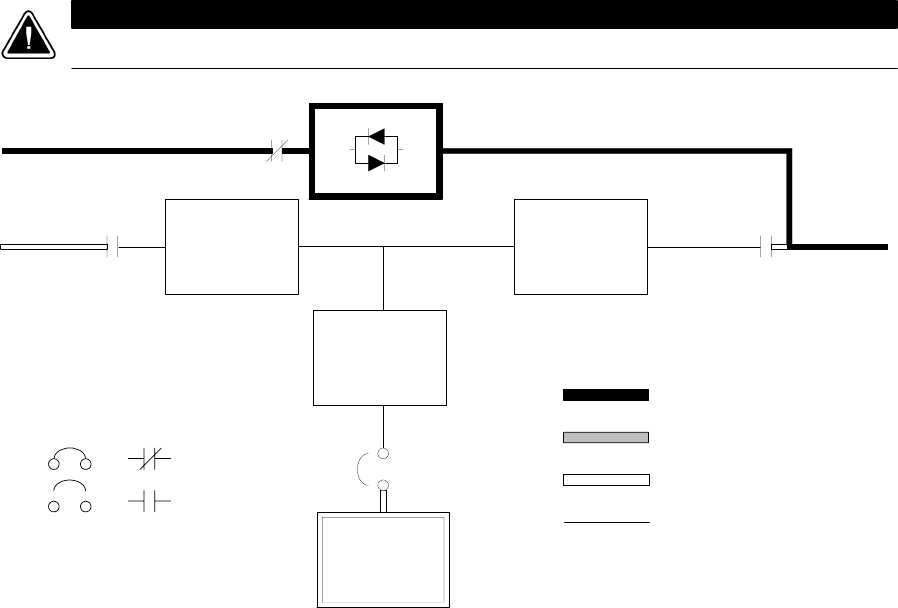
Understanding UPS Operation
7-6
Powerware
®
9390 UPS (40–80 kVA) Installation and Operation Manual S 164201535 Rev C
7.2.3 Bypass Mode – RT
The UPS automatically switches to Bypass mode if it detects an overload, load fault, or
internalfailure.ThebypasssourcesuppliesthecommercialACpowertotheloaddirectly.
Figure 7-3 shows the path of electrical power through the UPS system when operating in
Bypass mode.
CAUTION
The critical load is not protected while the UPS is in Bypass mode.
Static
Switch
K5
Rectifier Inverter
K1 K3
Battery
Converter
Battery
Battery
Breaker
Main Power Flow
Trickle Current
Energized
De-Energized
Closed
Open
Breakers Contactors
Figure 7-3. Path of Current Through the UPS in Bypass Mode – RT
In Bypass mode, the output of the system is provided with three-phase AC power directly
from the system input. While in this mode, the output of the system is not protected from
voltage or frequency fluctuations or power outages from the source. Some power line
filtering and spike protection is provided to the load but no active power conditioning or
battery support is available to the output of t he system in the Bypass mode of operation.
The internal bypass is comprised of a solid-state, silicon-controlled rectifier (SCR) static
switch (SSW) and a backfeed protection contactor K5. The static switch is rated as a
continuous-duty device that is used anytime the inverter is unable to support the applied
load. The static switch is wired in series with the backfeed protection contactor, and
together they are wired in parallel with the rectifier and inverter. The static switch, being
an electronically-controlled device, can be turned on immediately to pick up the load from
the inverter while the inverter output contactor K3 opens to isolates the inverter. The
backfeed protection contactor is normally always closed, ready to support the static switch
unless the bypass input source becomes unavailable.



